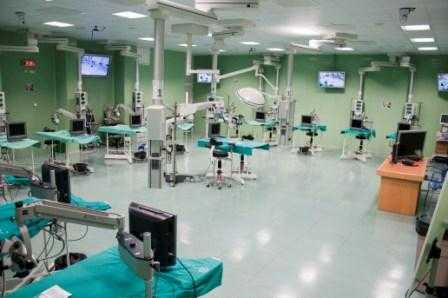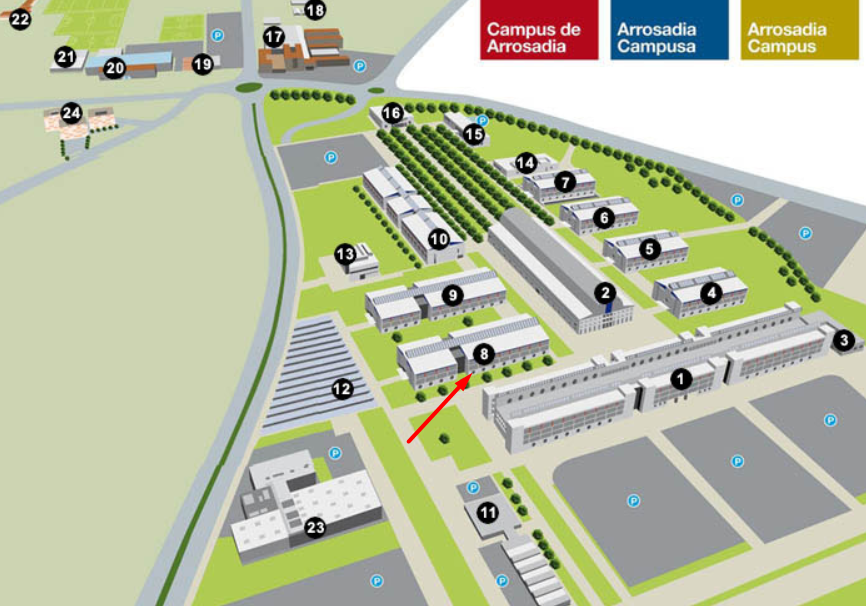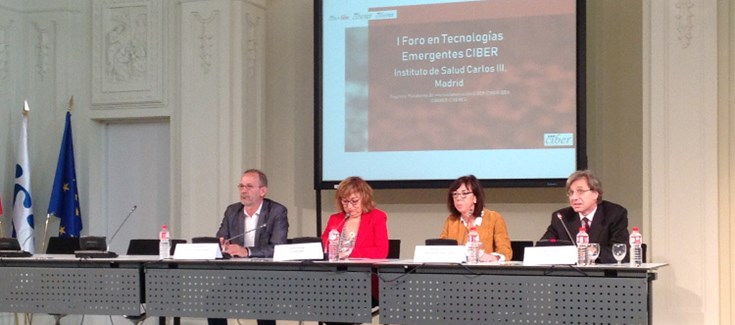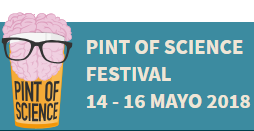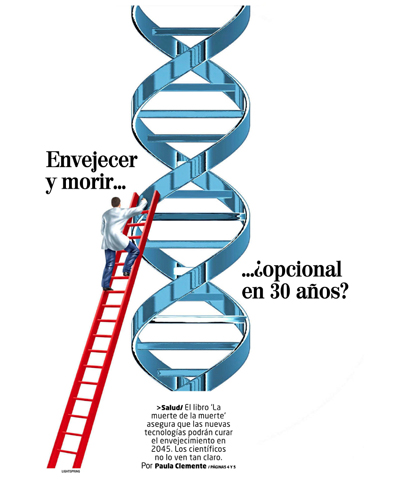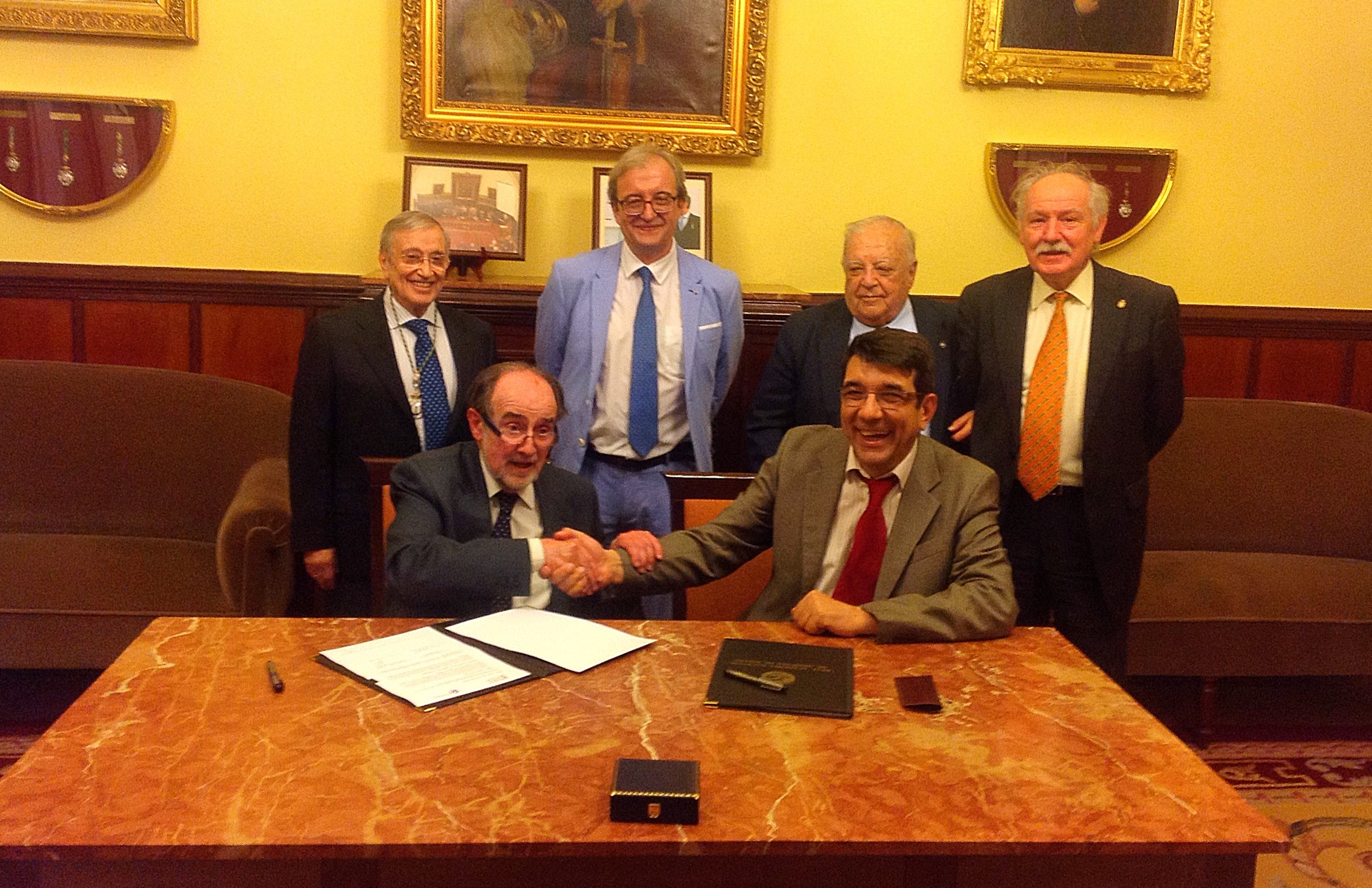NANBIOSIS collaborates in the dissemination of science and triumphs in the Pint of Science Festival
On May 16, scientists from two units of NANBIOSIS filled the pubs, not to talk about football but about science.
According to Jorge Bueno, Coordinator of Pint of Science in Spain, at the Vanguard “Science is also culture, just as we go to the bar to talk about football or politics, we can also talk about science, we want people to conceive science as part of society ”
In the cafe of the civic center of the Casa Orlandai in Barcelona, Eli Prats, a researcher of NANBIOSIS U8. Micro – Nano Technology Unit, explains her group has developed graphene electrodes, a material with unique properties, that can monitor the activity of the brain in a less invasive than conventional ones. “We have tested it in rats and we have discovered that graphene can detect very poorly studied brain waves, which occur just before dying, just before an attack of epilepsy or before a migraine attack.” The researcher shows a sample of the tiny electrodes, which passes from hand to hand in the pub. “It’s still just an idea, but theoretically in the future these electrodes, placed on a person’s brain, could send a signal to a tablet and predict when they will suffer an attack of epilepsy,” adds Eli Prats.
Esther Pueyo, researcher of NANBIOSIS, U27. High Performance Computing, in the Drinks and Pool Aranda pub of Zaragoza explained that “Chronological age does not matter, but the biological one does, not all hearts age equally” and she tried to answer the questions why do I look older? What other people of my age? Will this have consequences? To show the tiny tissues Esther and researchers around her commonly work with, biopsies were collected from a cow heart and examples of the experimental and theoretical analyses they conduct were illustrated.
Throughout Spain, a total of 730 scientists have participated giving talks within the Pint of Science Festival, in 56 cities, together with around 400 organizers, all of them volunteers.










